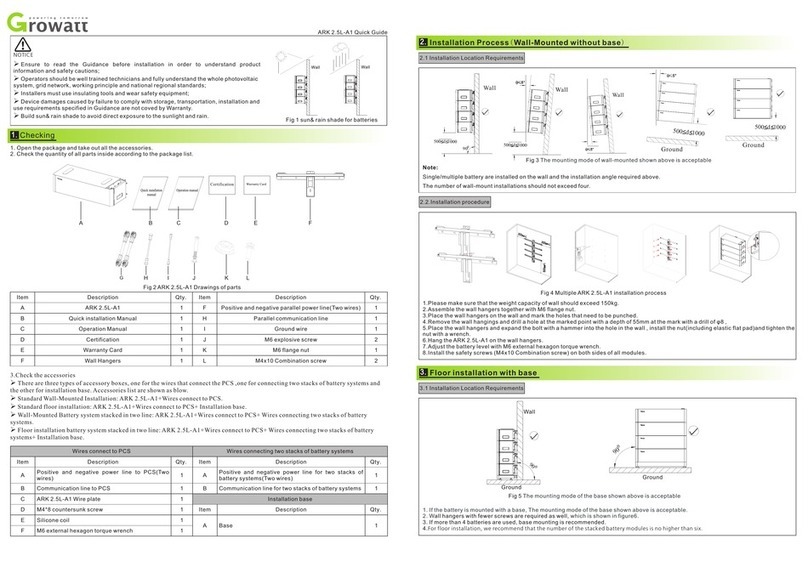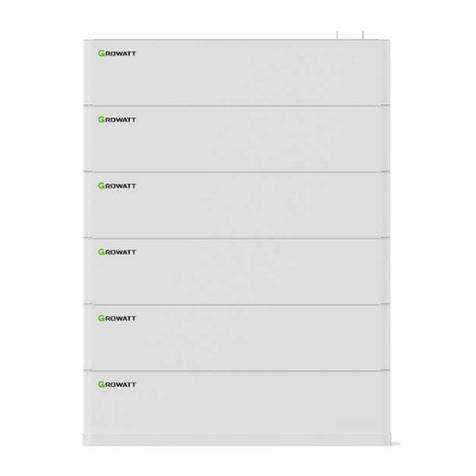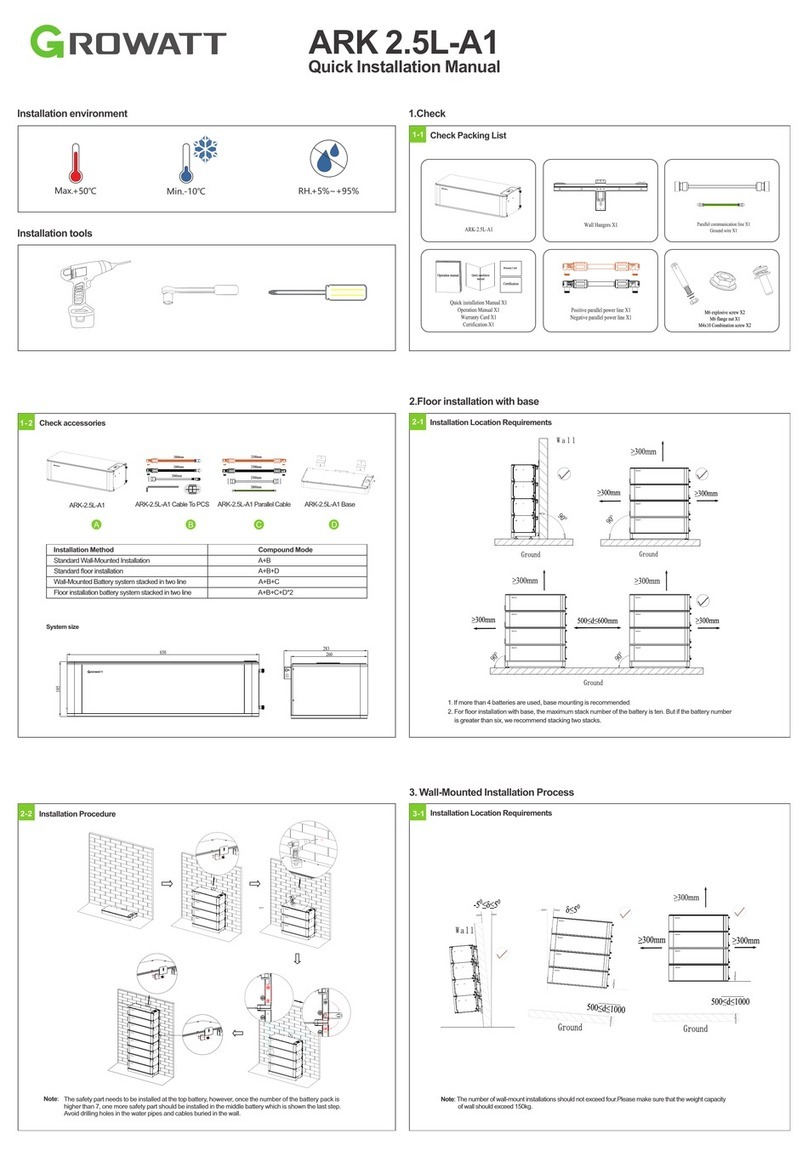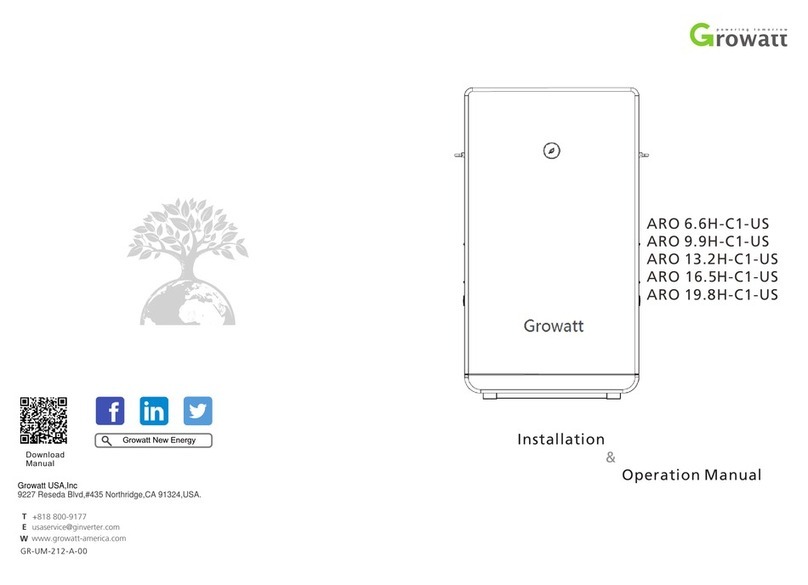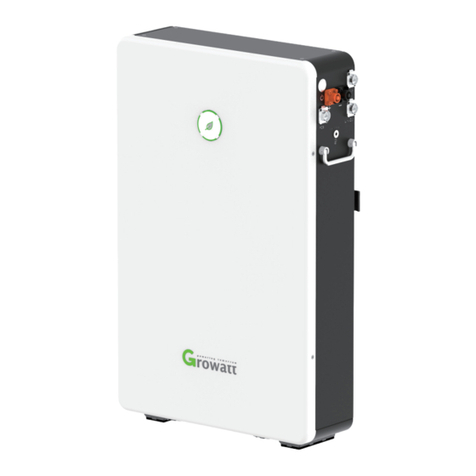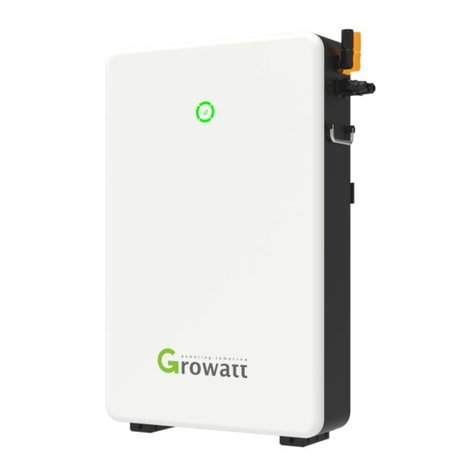
2
Table of Contents
1 Safety.............................................................................................................................................3
1.1 Warning Label.....................................................................................................................3
1.2 Precautions..........................................................................................................................4
1.3 Responses to Emergencies..................................................................................................4
1.4 Storage safety......................................................................................................................5
1.5 Transportation Safety..........................................................................................................5
2. Introduction to Product..............................................................................................................7
2.1 Intended Purpose.................................................................................................................7
2.2 Function ..............................................................................................................................7
2.3 Appearance..........................................................................................................................8
2.4 Technical Parameters...........................................................................................................9
3 Installation..................................................................................................................................10
3.1 Basic Installation Requirements........................................................................................10
3.2 Installation Required Tools ...............................................................................................11
3.3 installation Procedures......................................................................................................11
3.3.1 Wall Mounted Installation..............................................................................................12
3.3.2 Floor Standing Installation.............................................................................................14
4 Electrical Connection.................................................................................................................15
4.1 Preparation........................................................................................................................15
4.2 Electrical Connection Procedures......................................................................................15
5 Installation Steps under Parallel Connection..........................................................................17
6 Power on/off Battery..................................................................................................................19
6.1 LED Indication..................................................................................................................19
6.2 Power on Battery...............................................................................................................20
6.3 Power off Battery..............................................................................................................21
7 Maintenance ...............................................................................................................................22
7.1 Preparation........................................................................................................................22
7.2 Battery Replacement.........................................................................................................22
7.3 Firmware Upgrade ............................................................................................................22
7.4 Troubleshooting ................................................................................................................23

